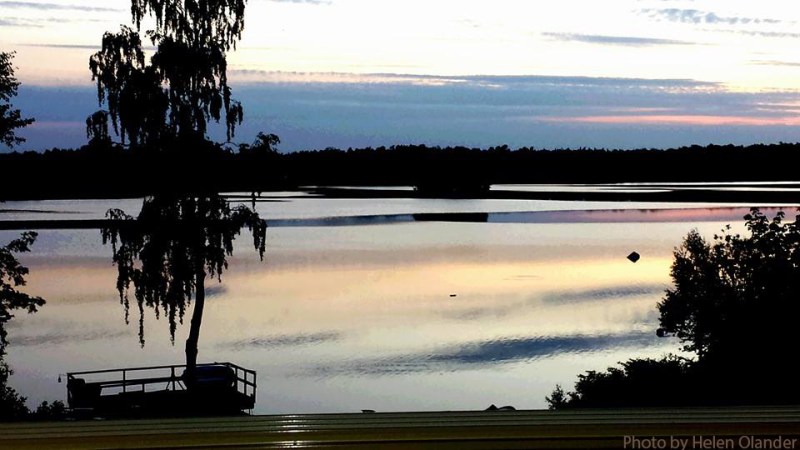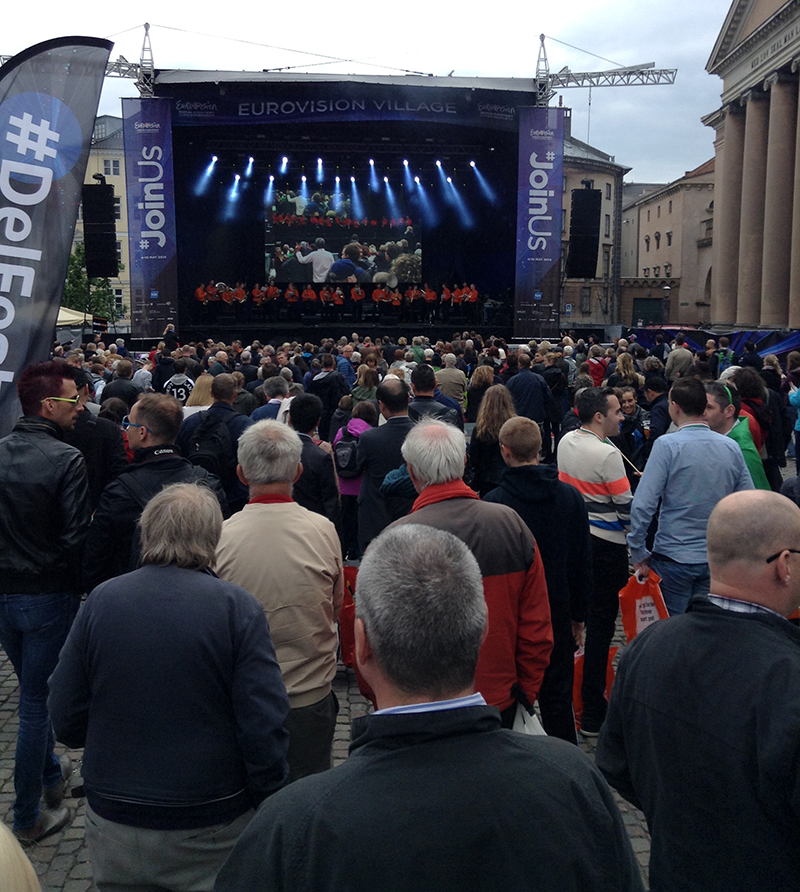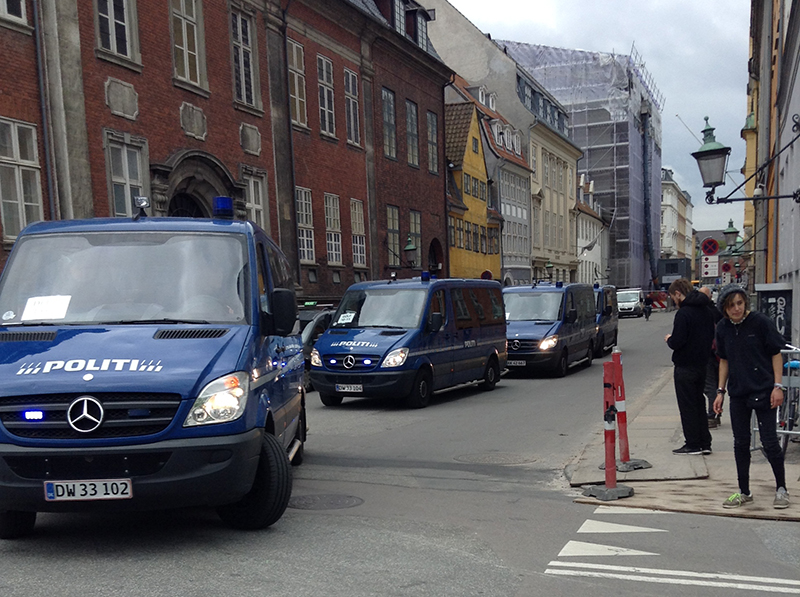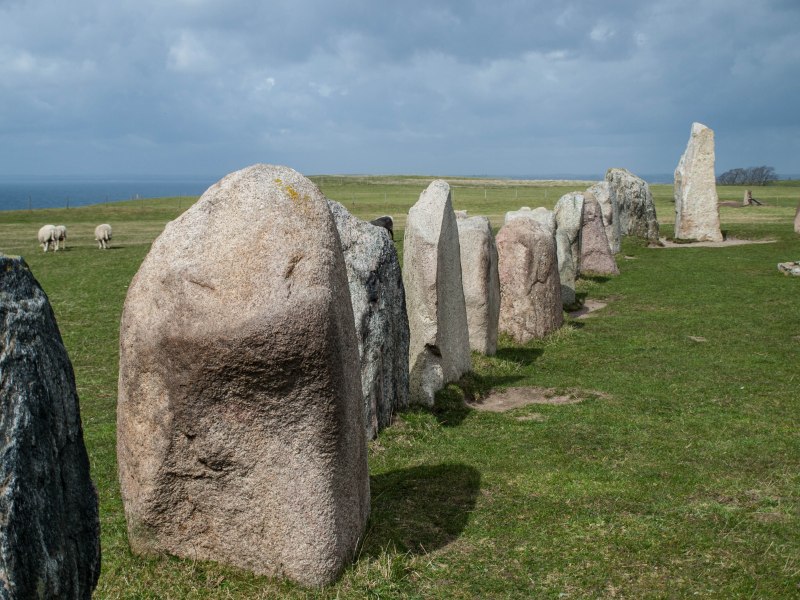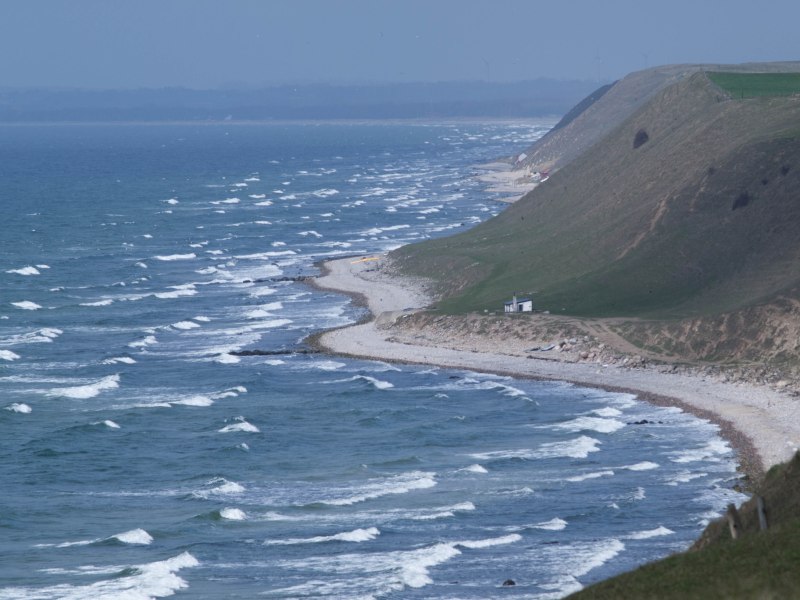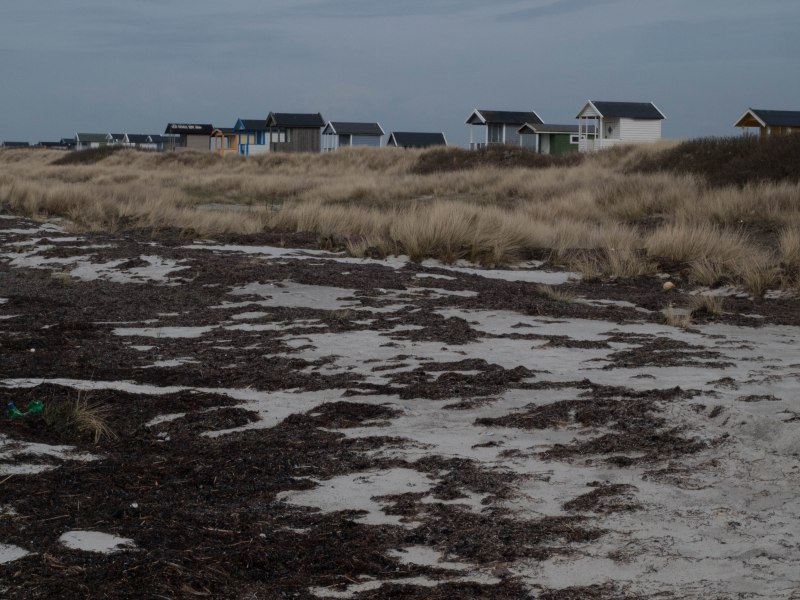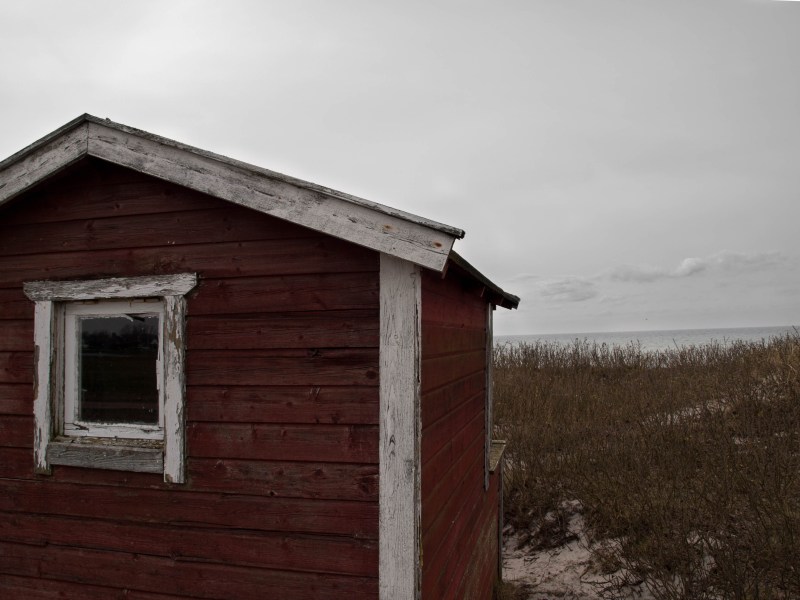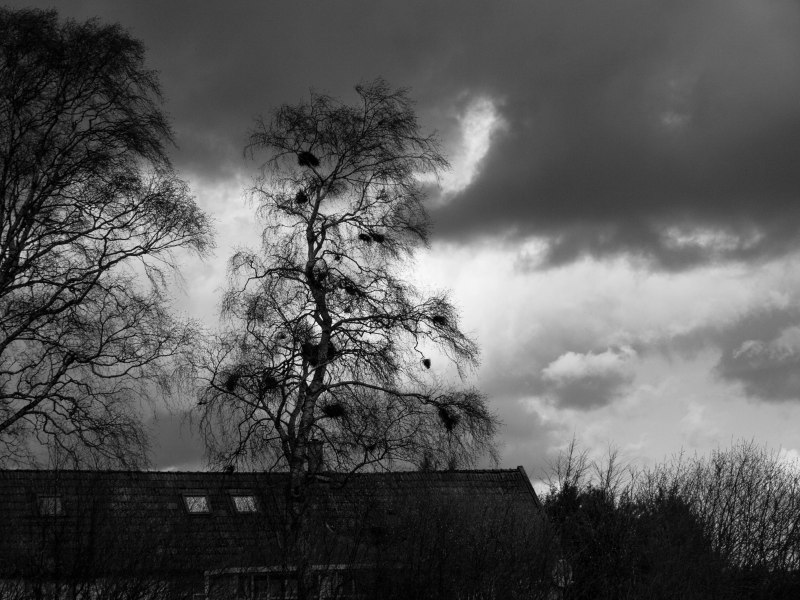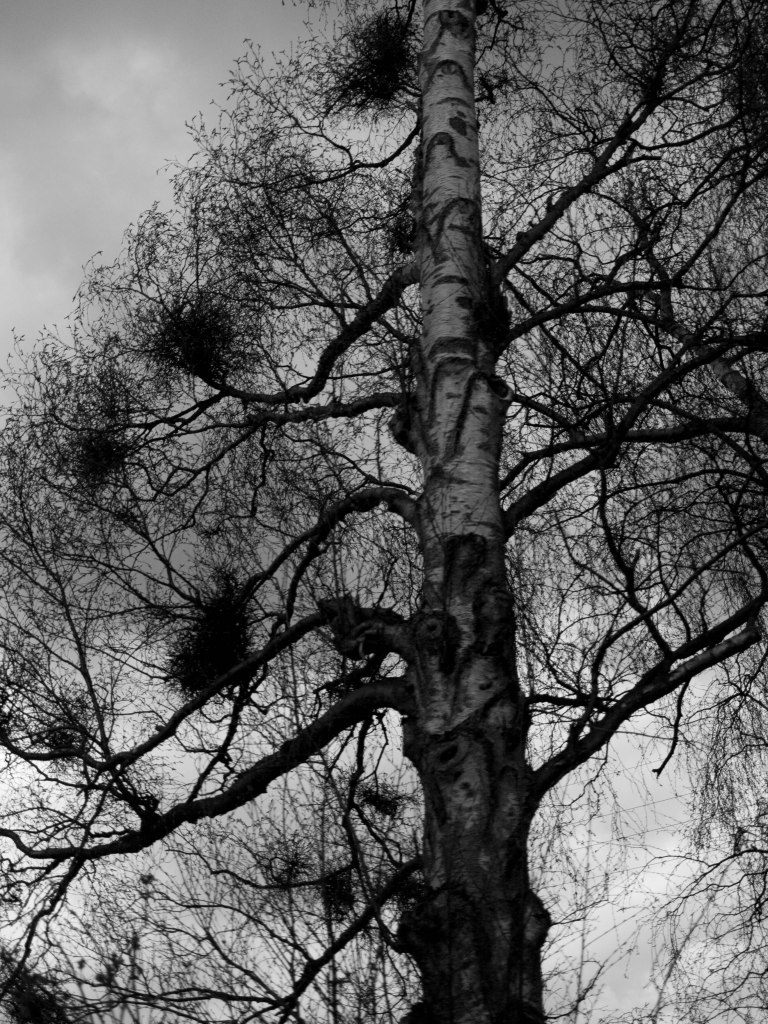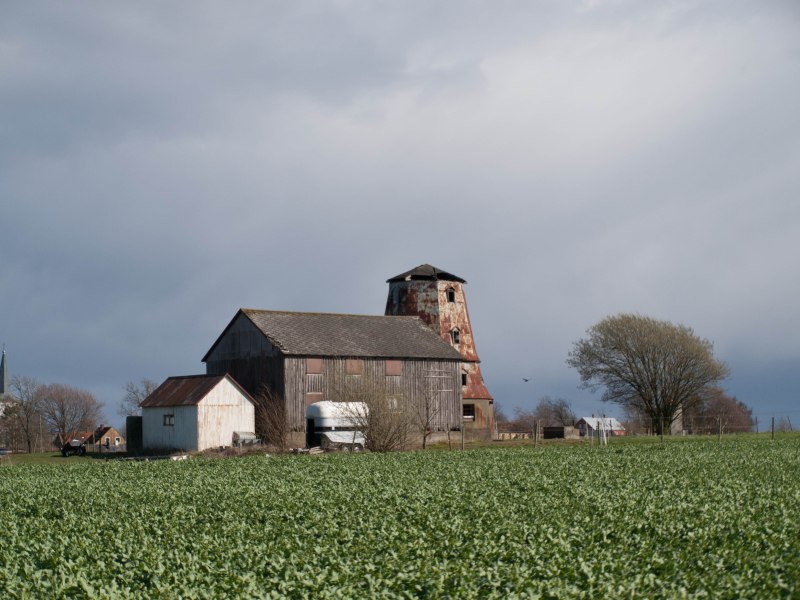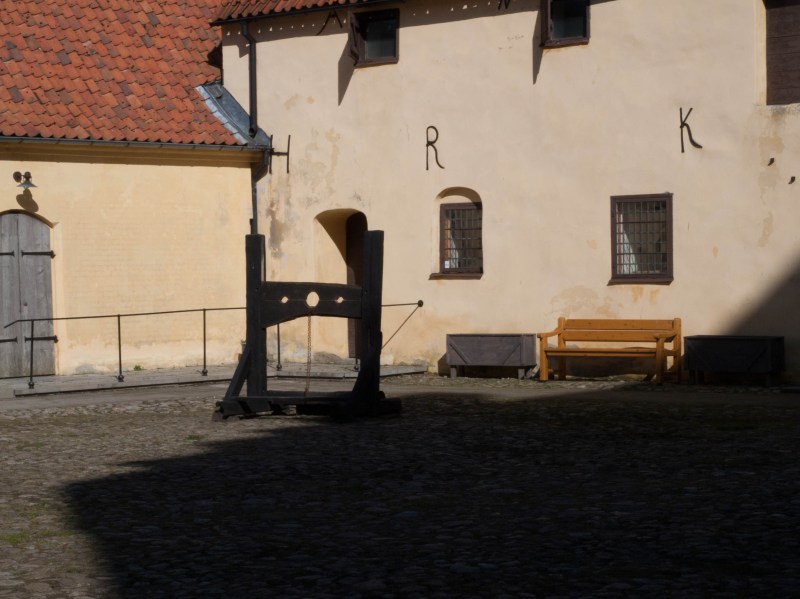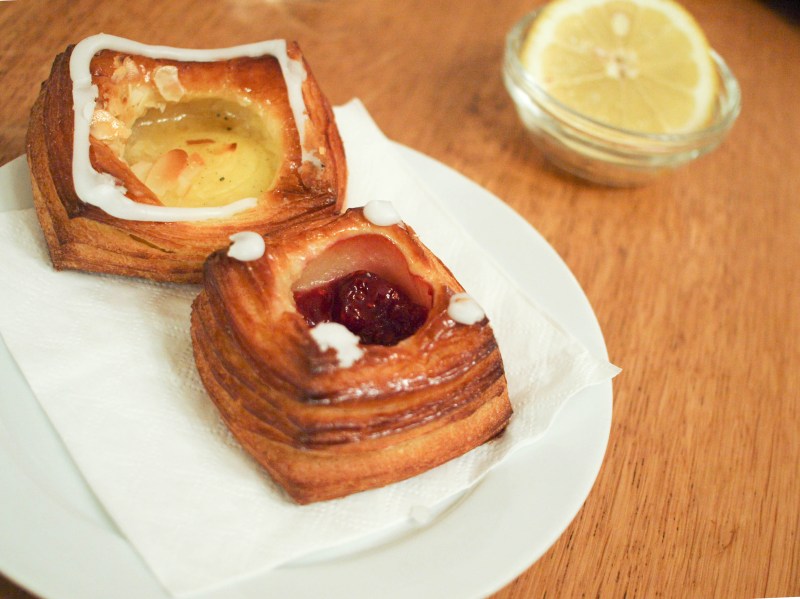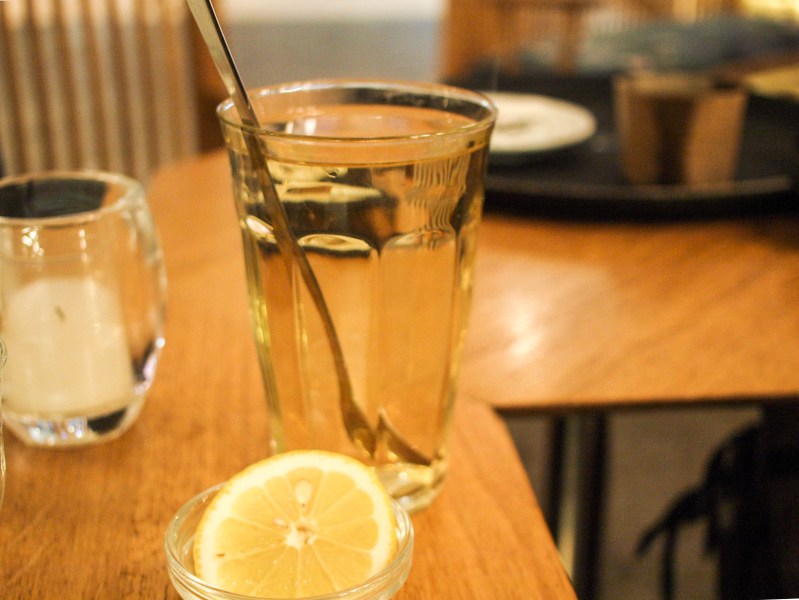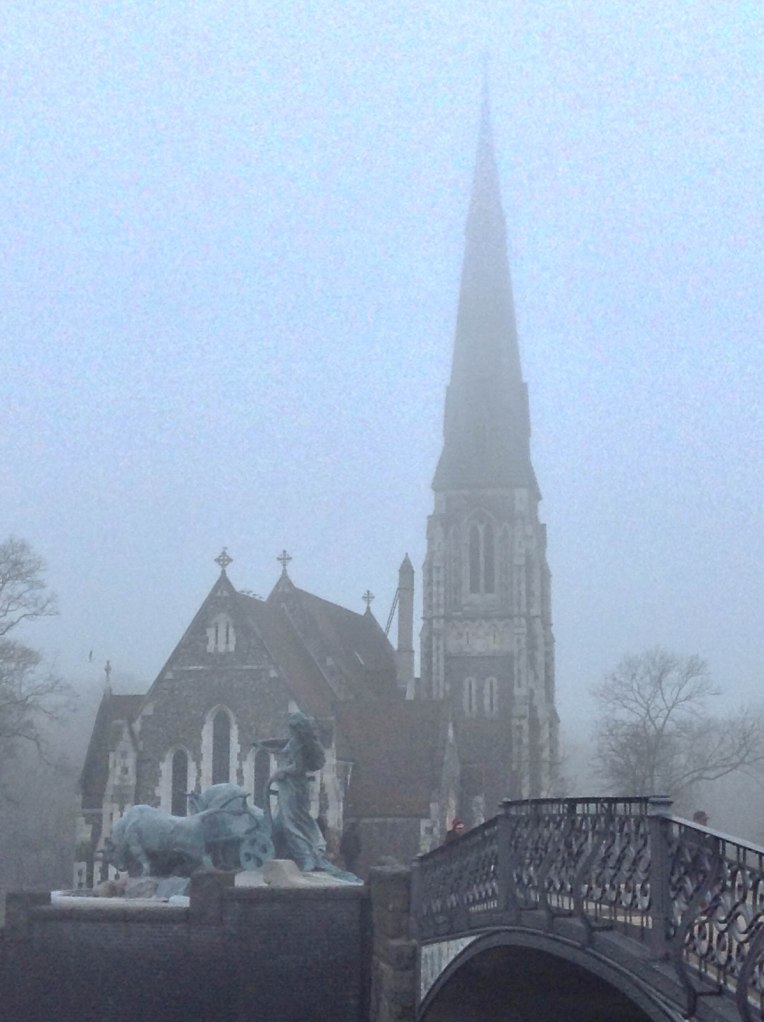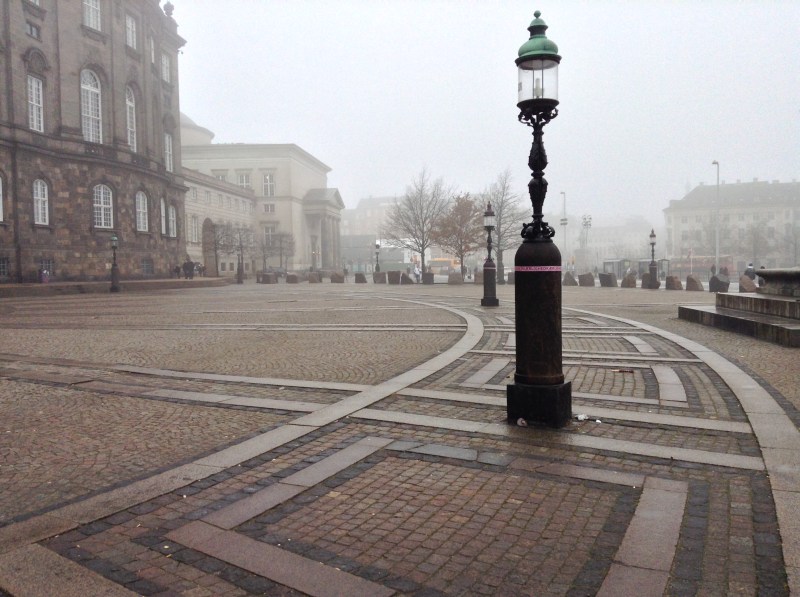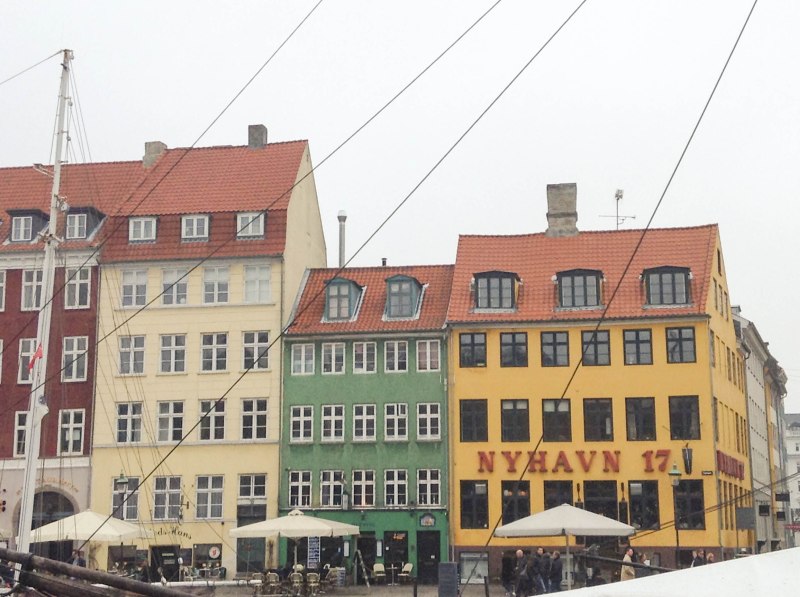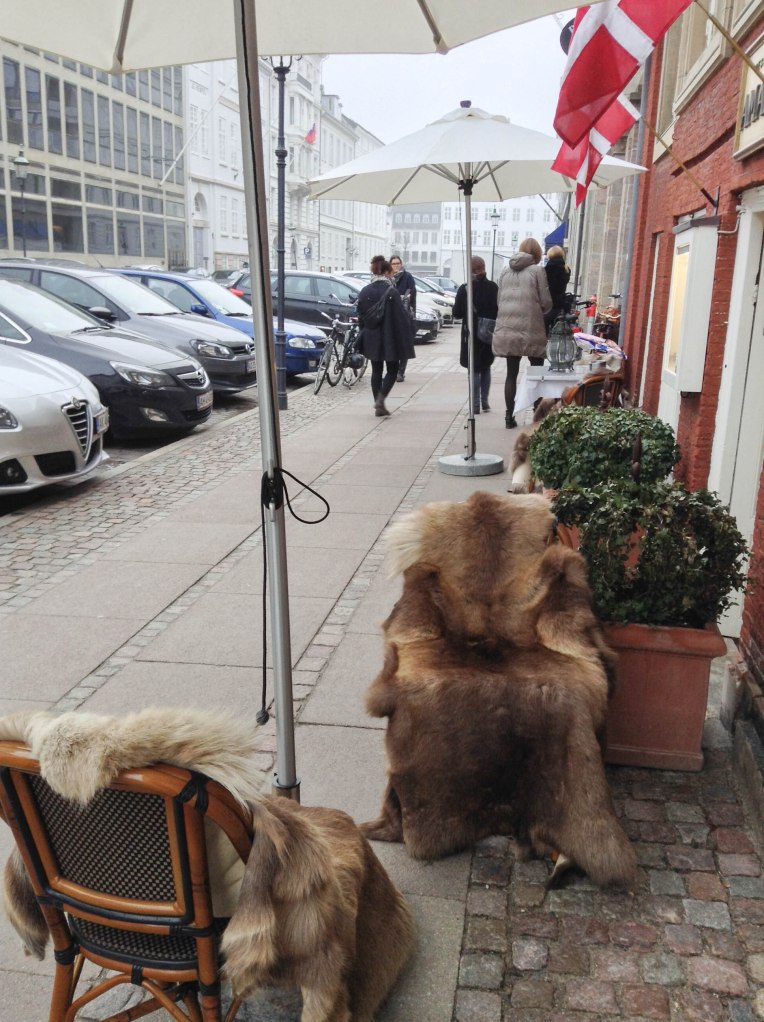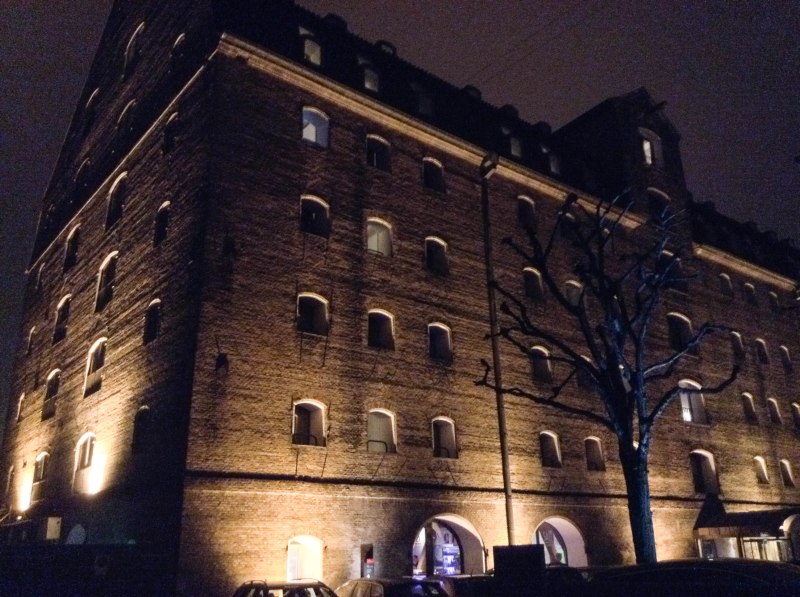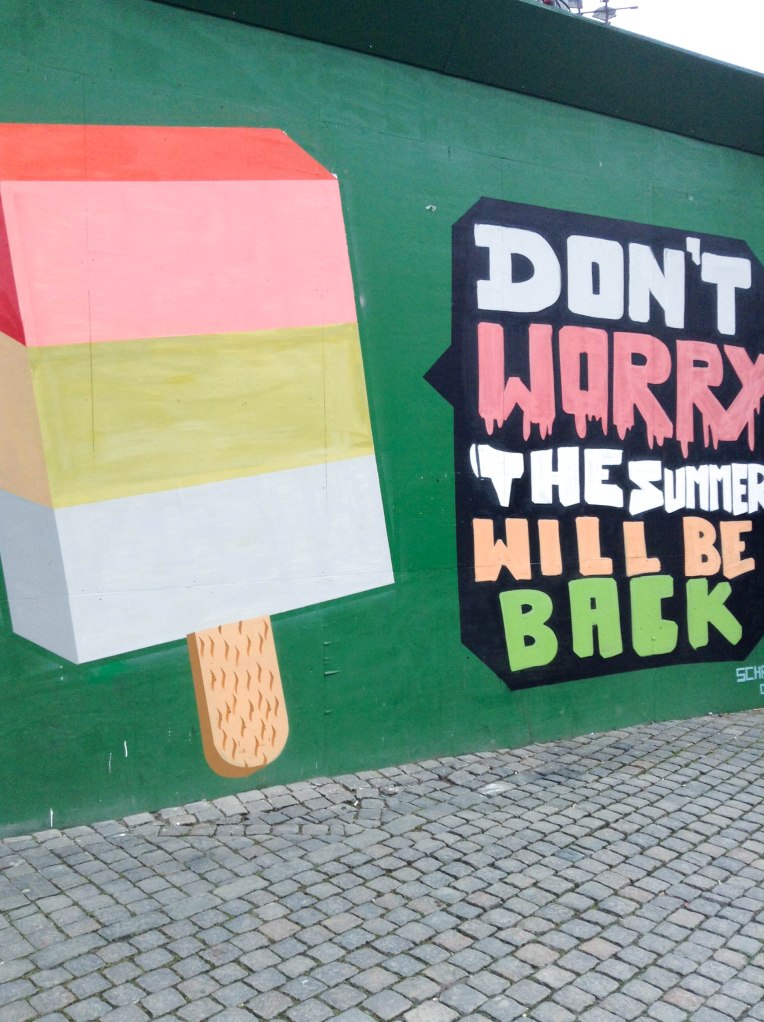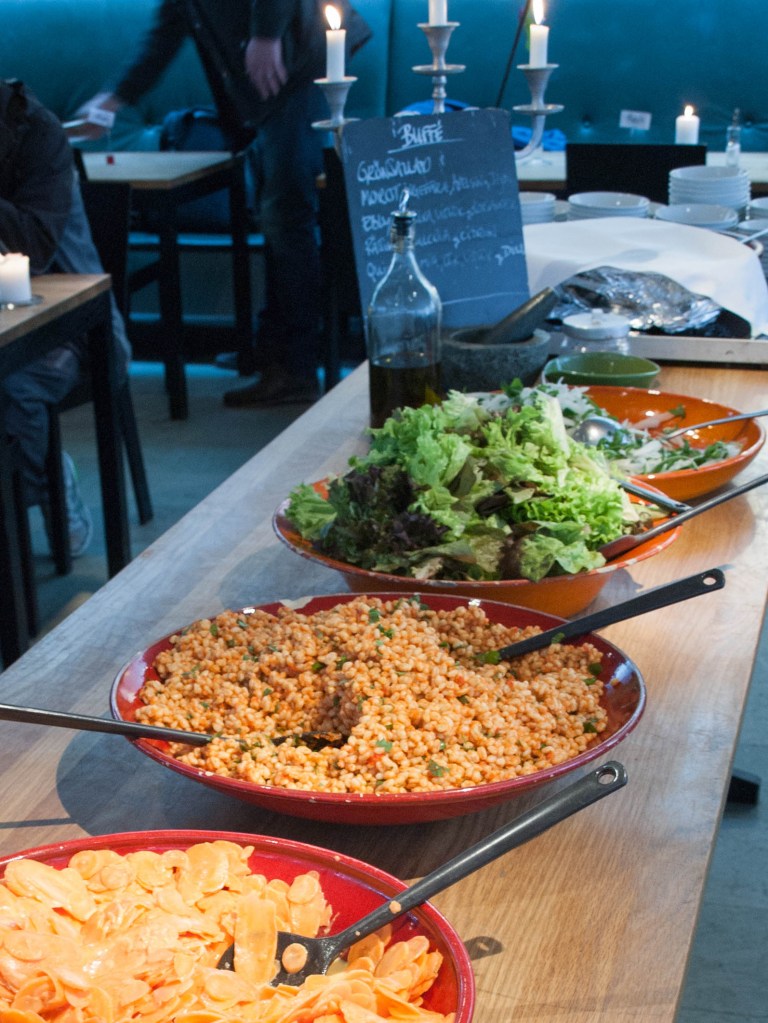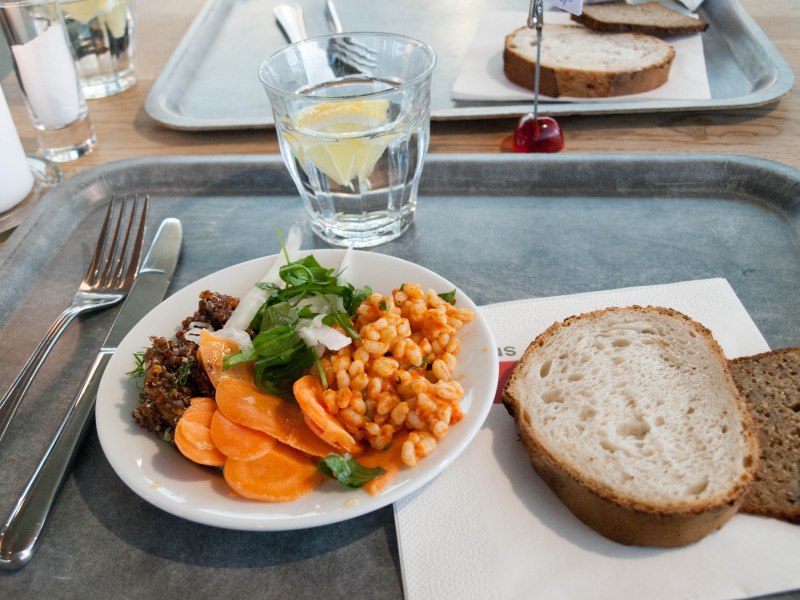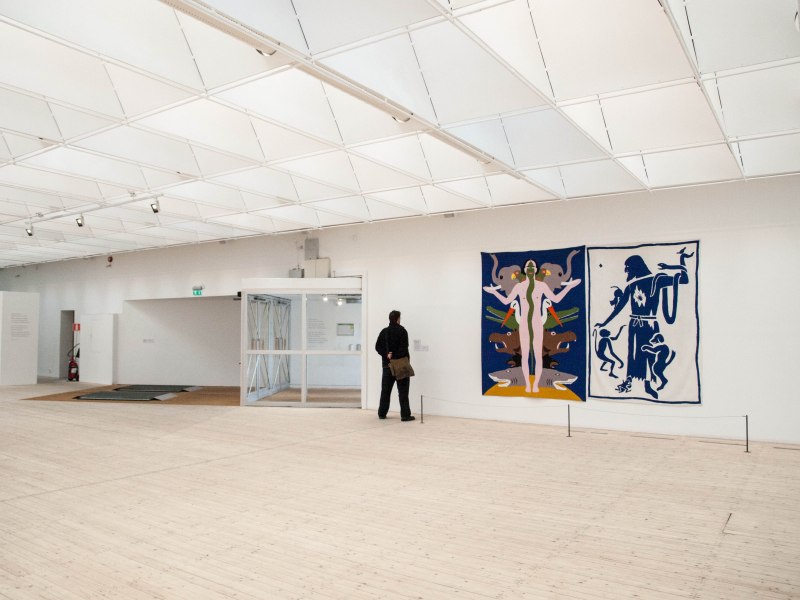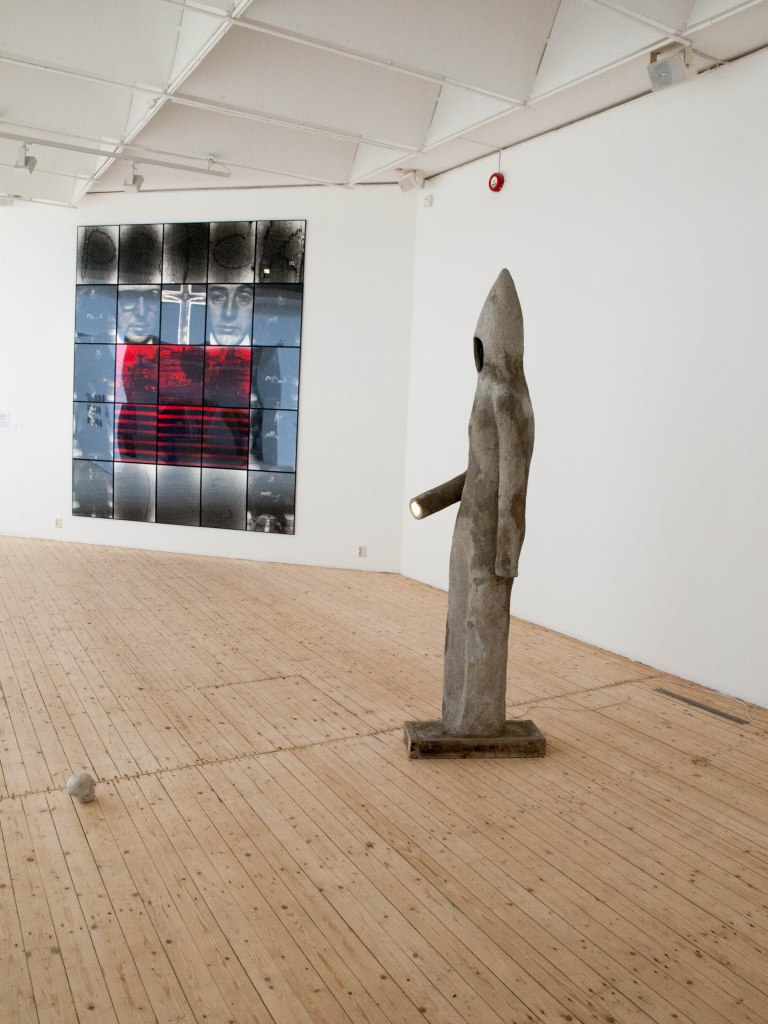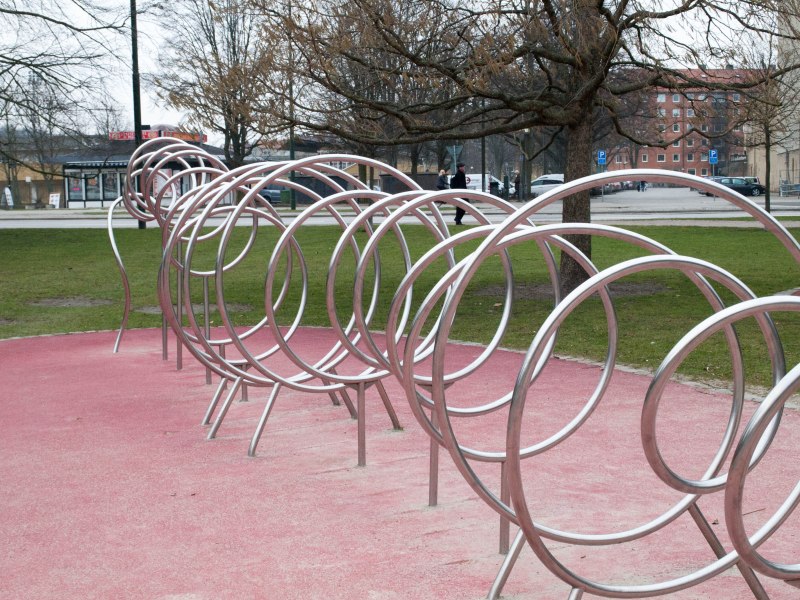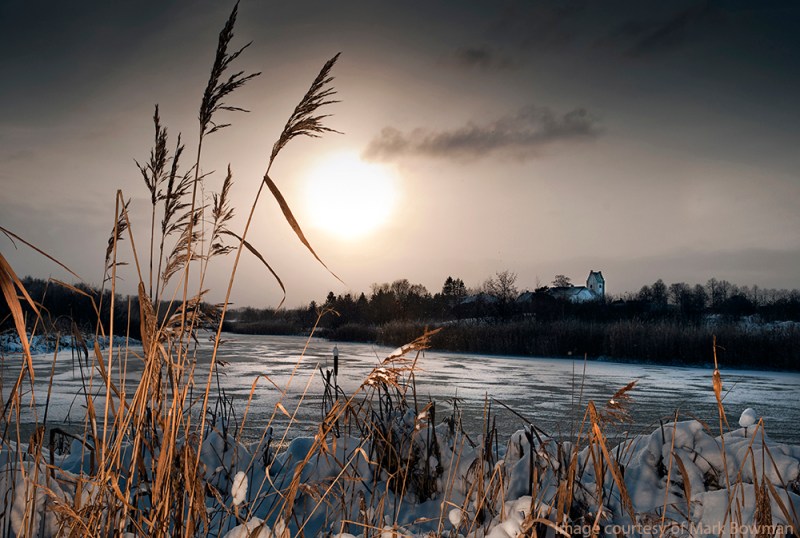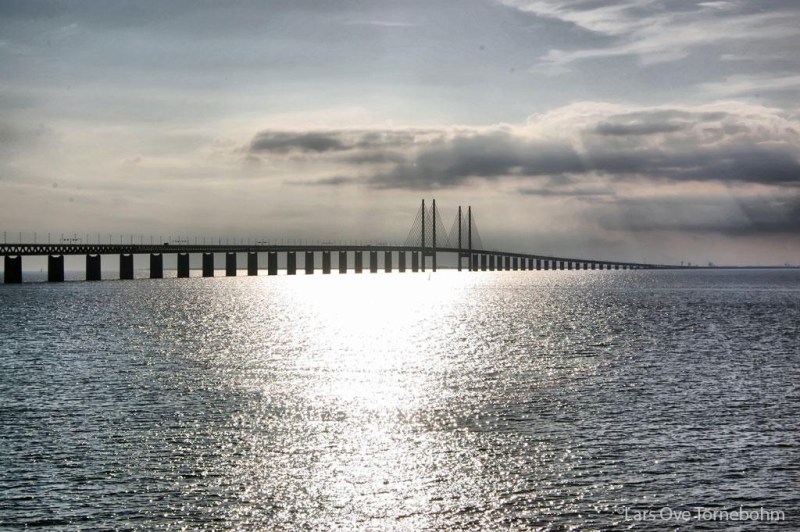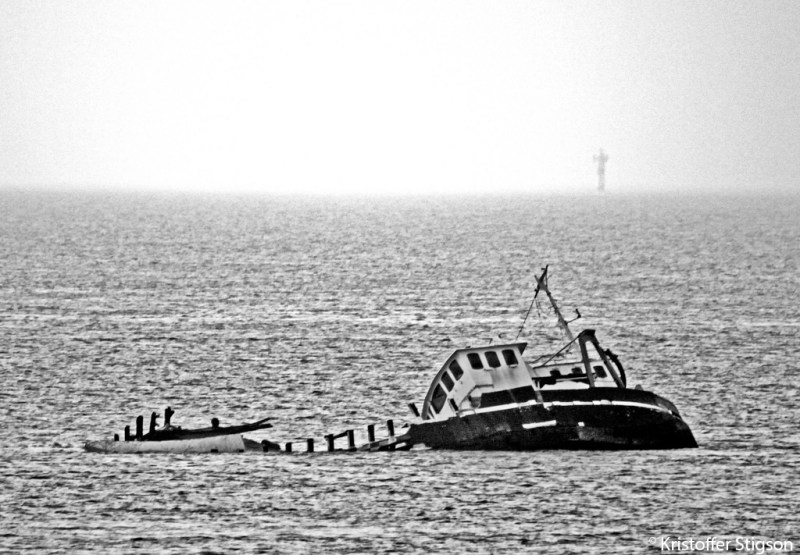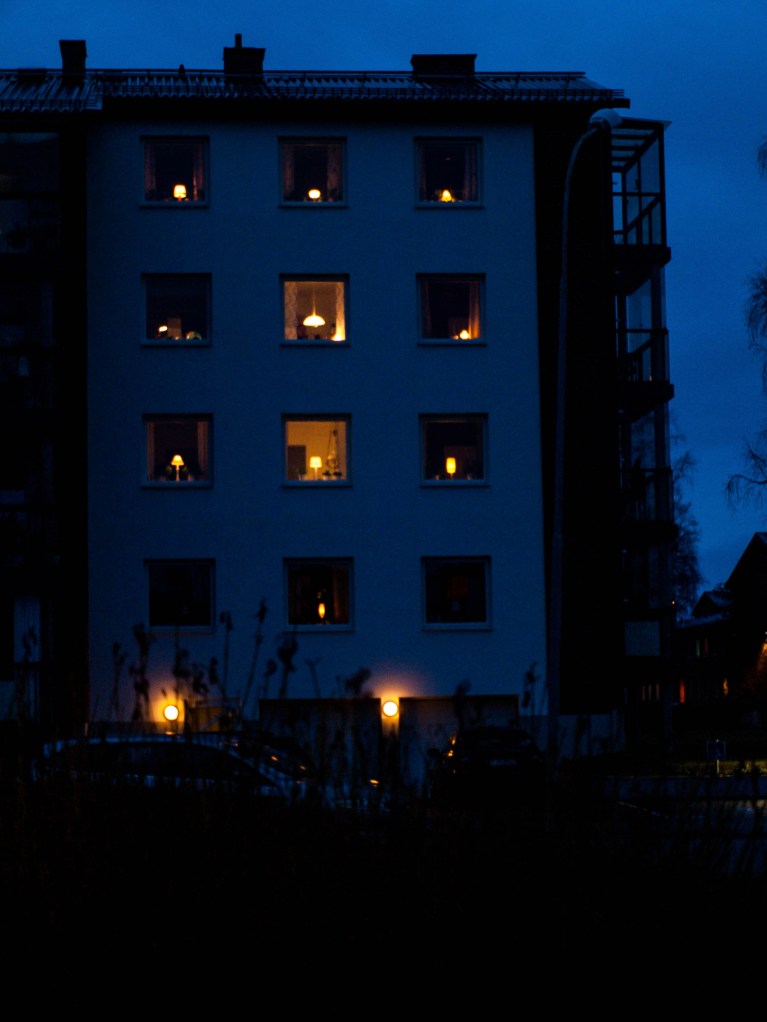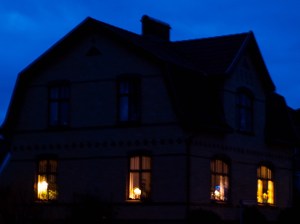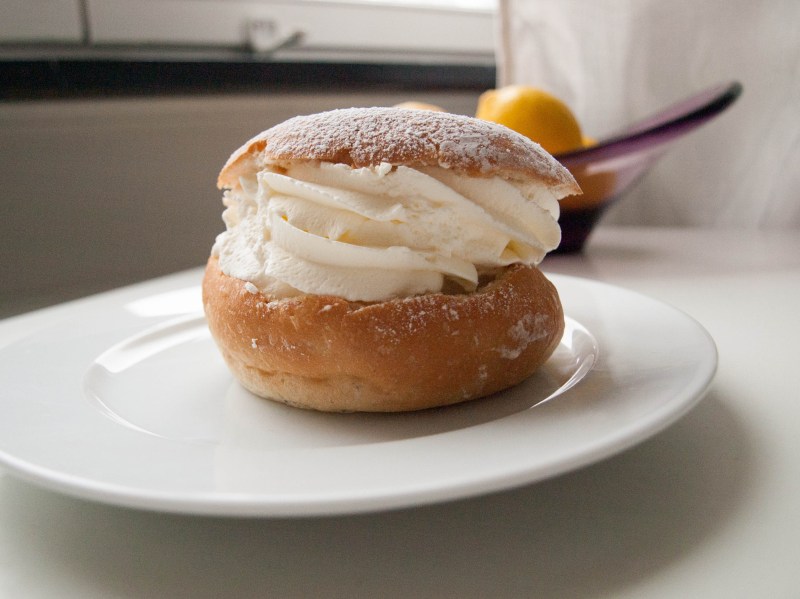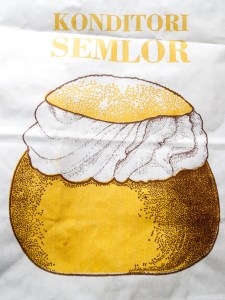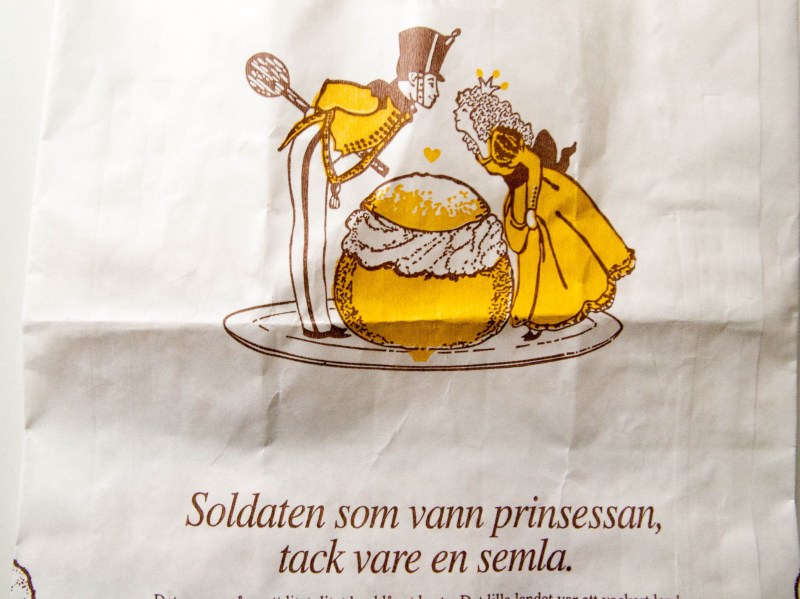At 56° latitude, Älmhult is by far the northernmost place I’ve lived, so this is my first time experiencing the endless days and bright nights of a northern summer. The solstice is still three weeks away, but already the sun is traveling in wide circles across the sky, only dipping below the horizon for a scant few hours at night. Even at one in the morning, a little light remains as twilight gives nightfall a miss and goes straight on into sunrise. I’ve written before about the strong ties between the darkness and Scandinavian culture, and the long days of summer are no less influential.
With so many hours of daylight, flowers shoot up from the ground like rockets, and Swedes who huddled around their hearths all winter take to the streets, parks and lakes at all hours of the day and night. Conversations take on a hint of manic joy, and you never feel like sleeping. Ever. The sunsets last absolutely forever, as the sun bobs orange for hours in its ice cream sky, sinking so slowly that it’s like being frozen in time. If you’re listening to music, this glorious scene turns every song into a moment of perfect, instant nostalgia. I’ve been listening to Nick Drake a lot the past few days, as his dreamy strumming and gentle voice feel tailor-made for the long twilight of the northern sky.
It’s no coincidence that there are a staggering number of public Swedish holidays this month. Almost every other weekend has an extra day or two tacked on, and carpe diem becomes something of an art form. Going by how jam-packed grocery and beer stores were this weekend, I’m guessing everyone in Älmhult was either hosting or attending a barbecue. Scott and I had the good fortune to be invited to two of these get-togethers, where we were once again enchanted by the warmth and openness of our new Swedish friends.
The atmosphere at these gatherings was an interesting mix of peaceful bliss and frenetic good cheer. Relaxing under the trees gave way to a silly game of badminton using a fishing net in lieu of a racket. Gazing out over Osby lake gave way to rounds of snaps and drinking songs, each merrier than the last. These songs, called snapsvisor, are a proud Swedish tradition and the hallmarks of a truly successful party. Needless to say, I was so wrapped up in researching this post that I failed to document the moment. Luckily, YouTube has plenty of footage of snapsvisor, and they go a little something like this:
In the endless sunset, we played and laughed long into the night, never noticing the lateness of the hour. Only at midnight did the sun retreat far enough to warrant lighting torches on the beach, turning each reveler into a silhouette against the sparkling lake. And even as we rode home, the night sky remained a rich blue, heralding the dawn that would send us to sleep by the light of a golden sunrise.
